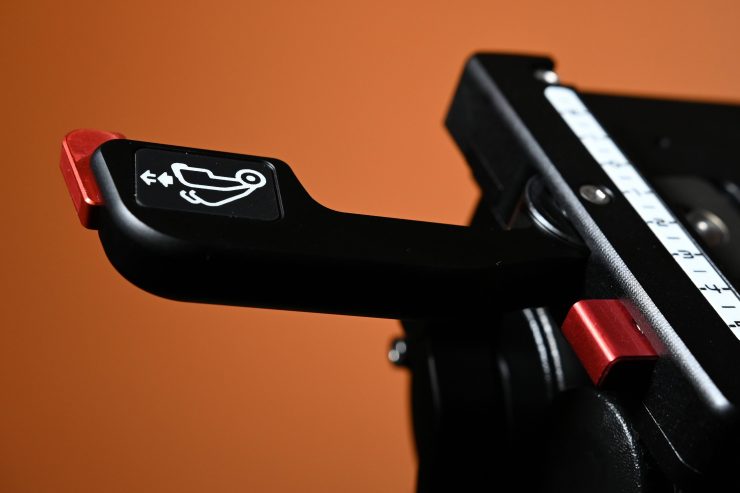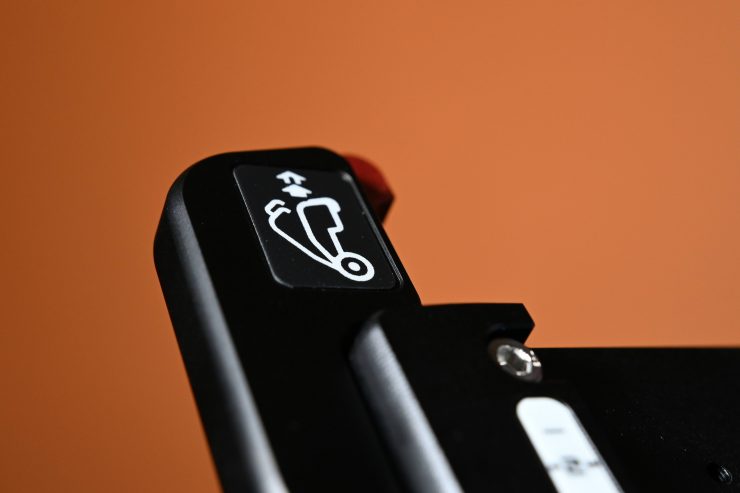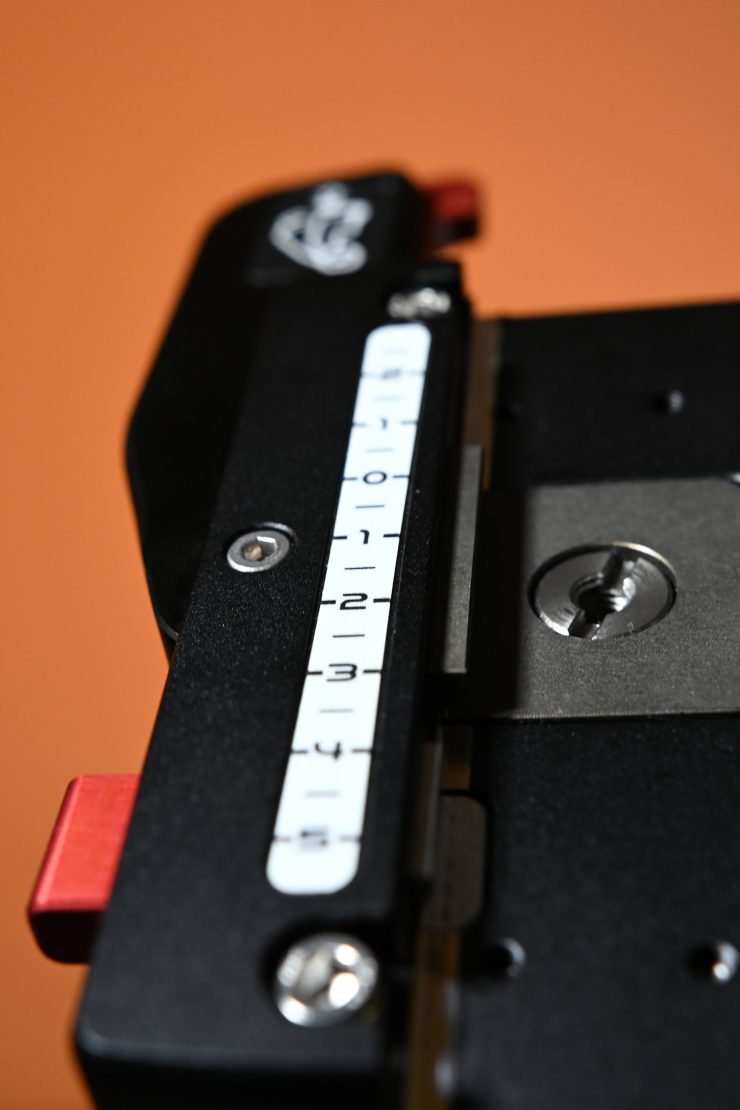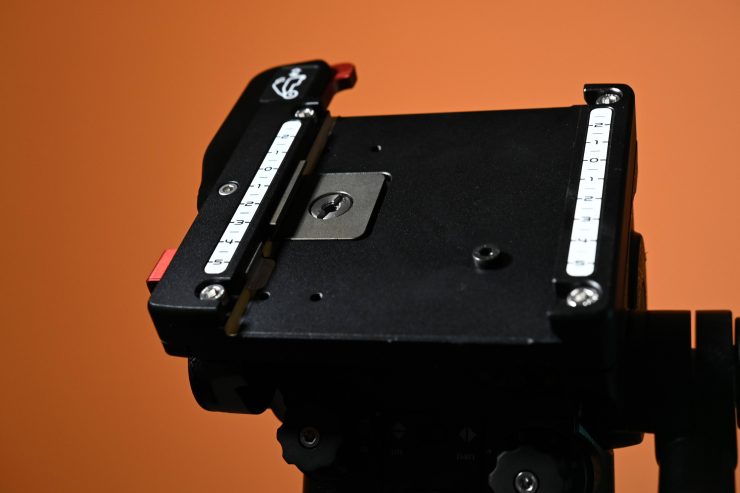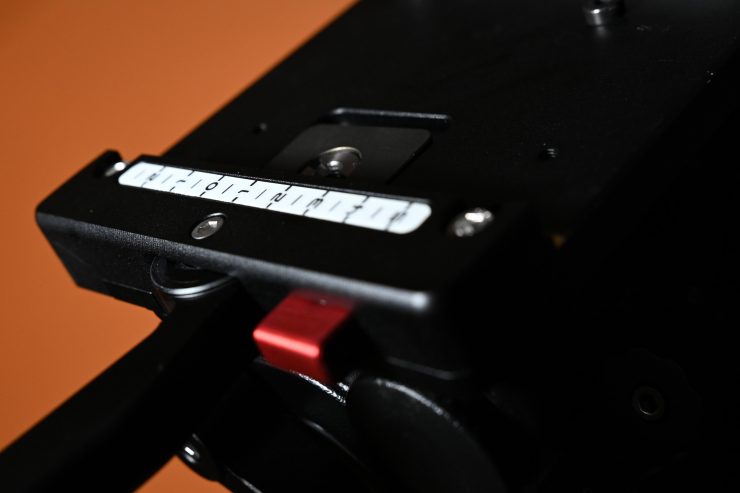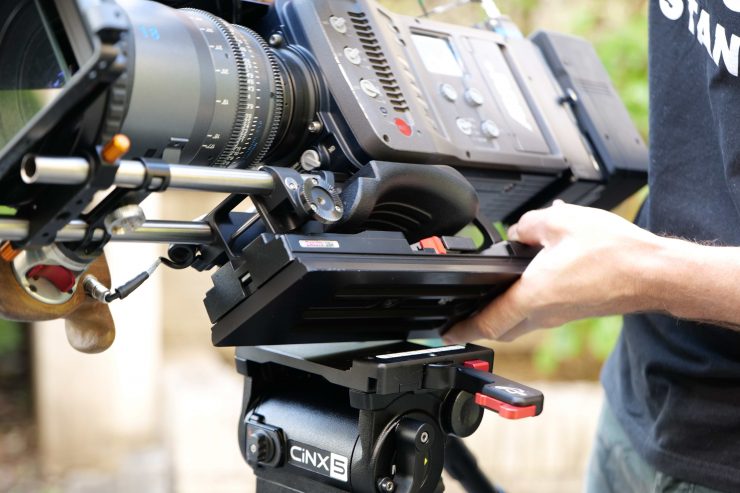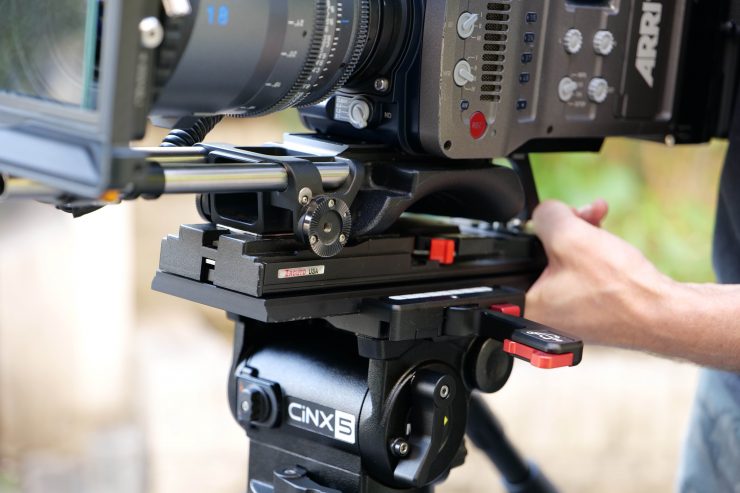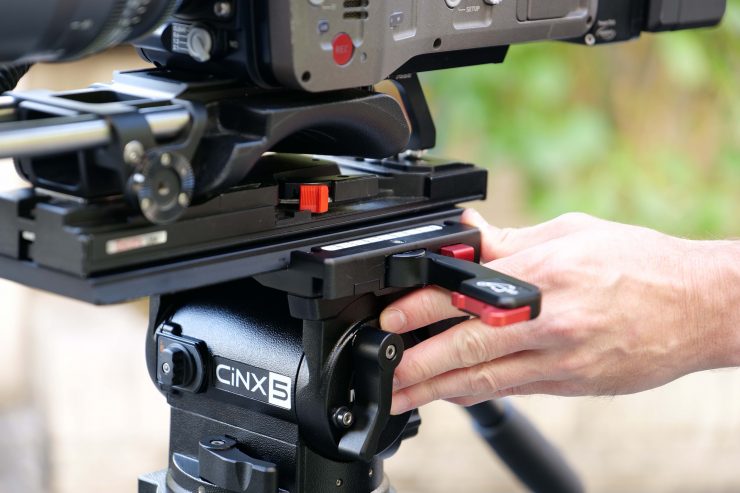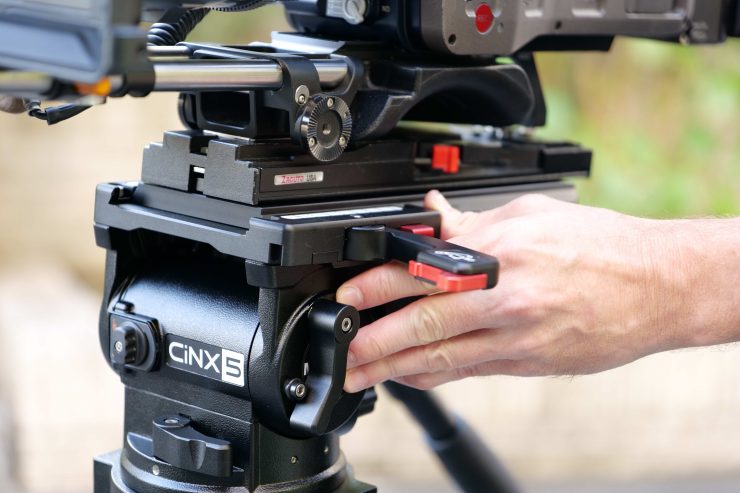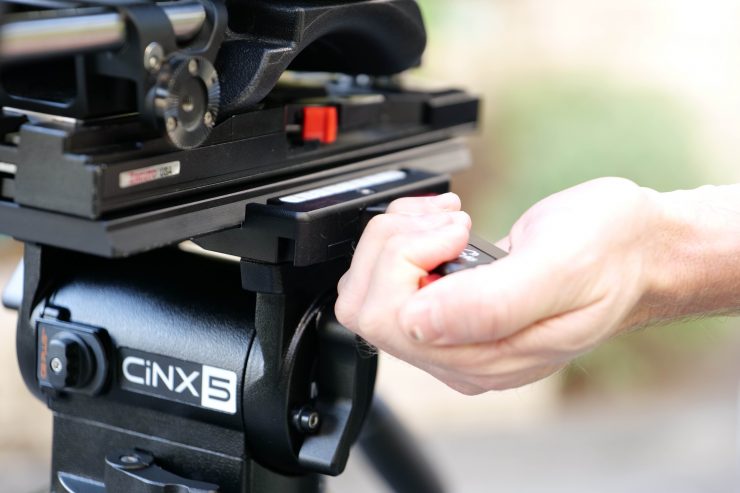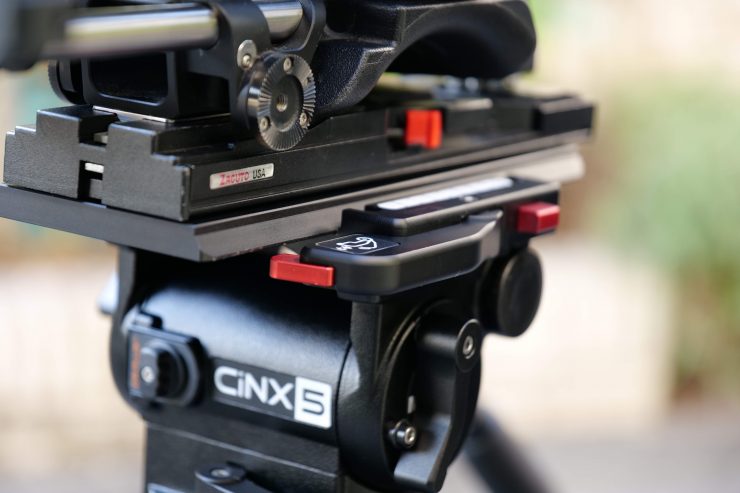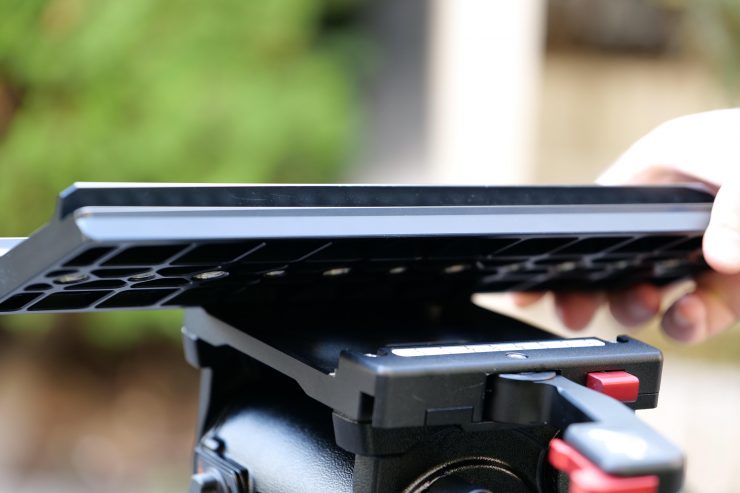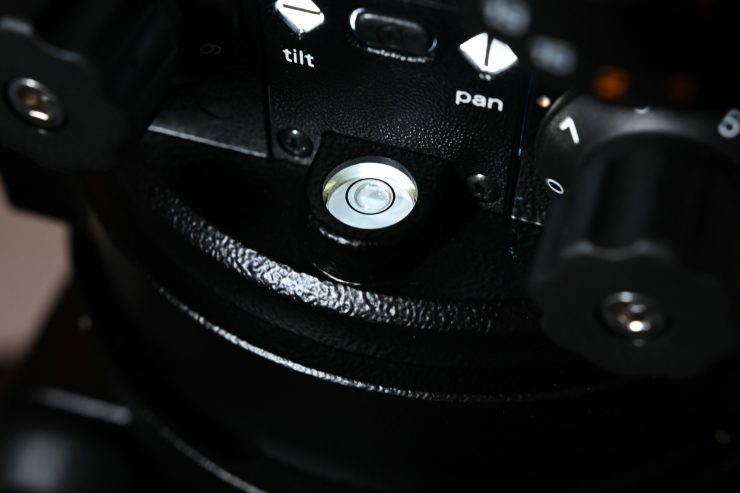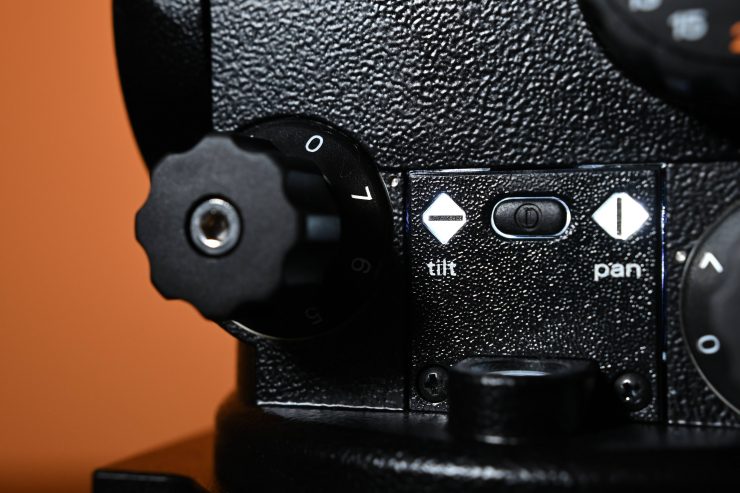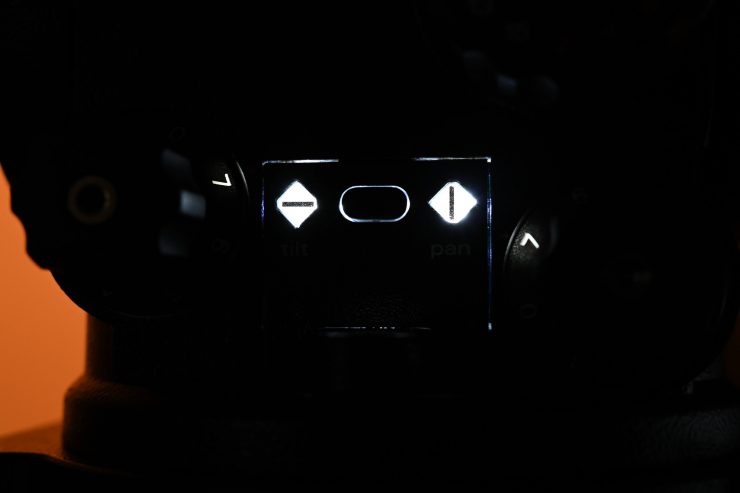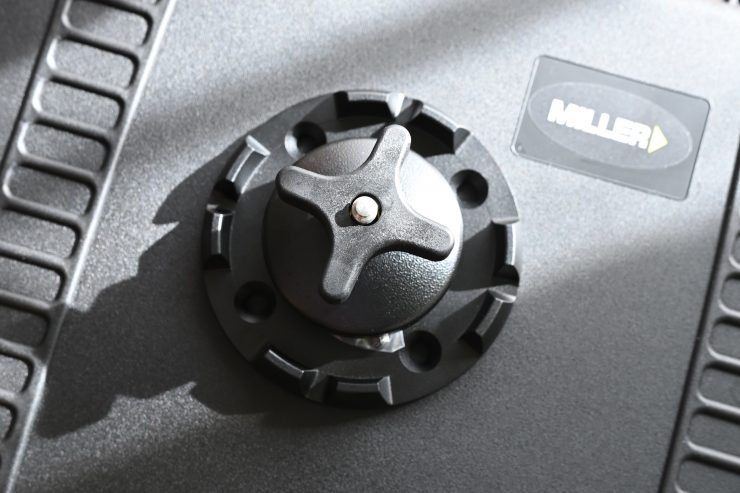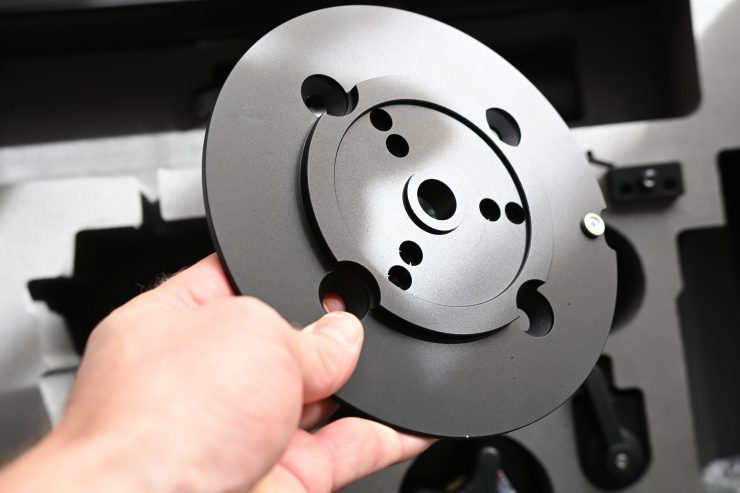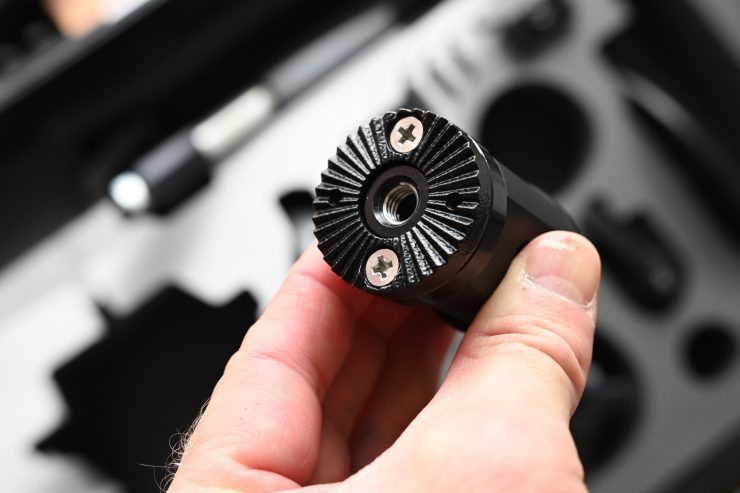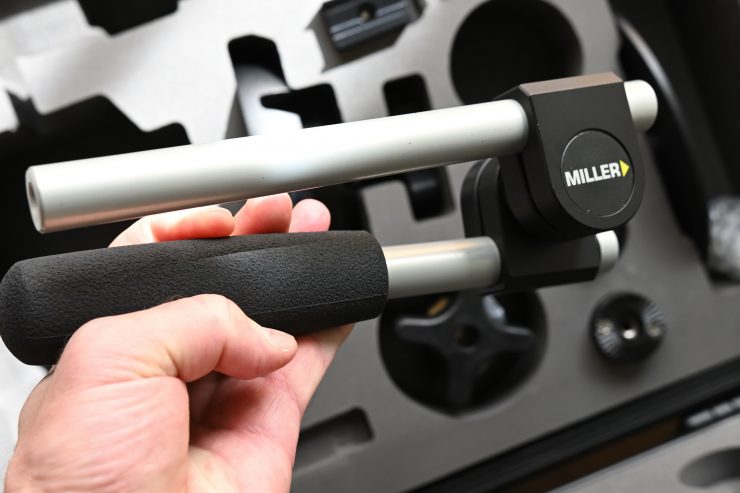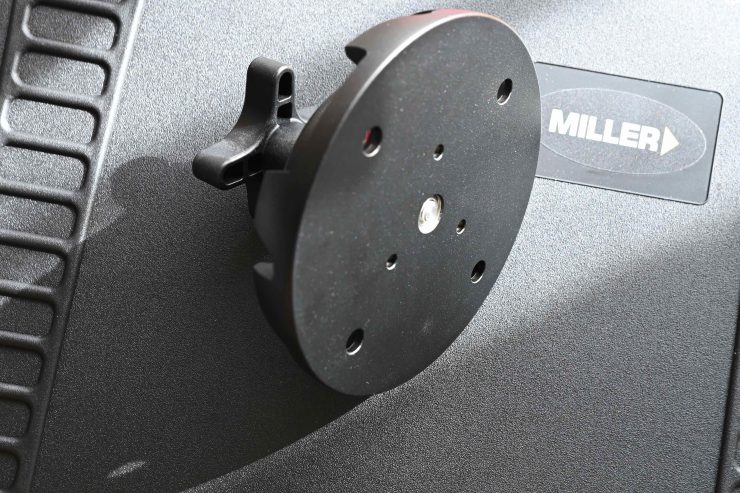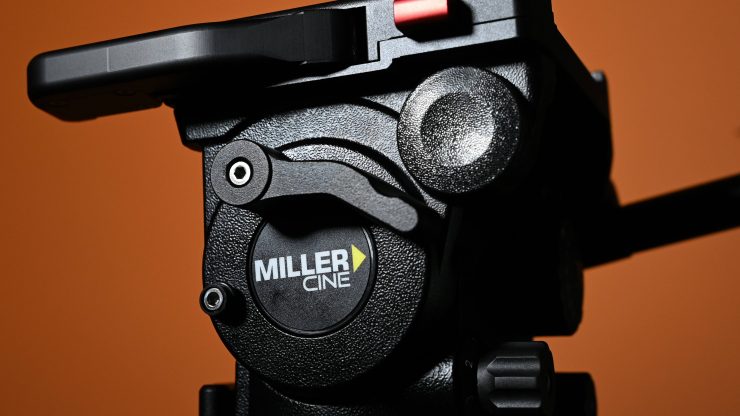
Miller announced their new range of CiNX tripod heads just prior to IBC 2019. The CiNX Fluid Heads are available in three versions, the CiNX 3, CiNX 5 and CiNX 7.
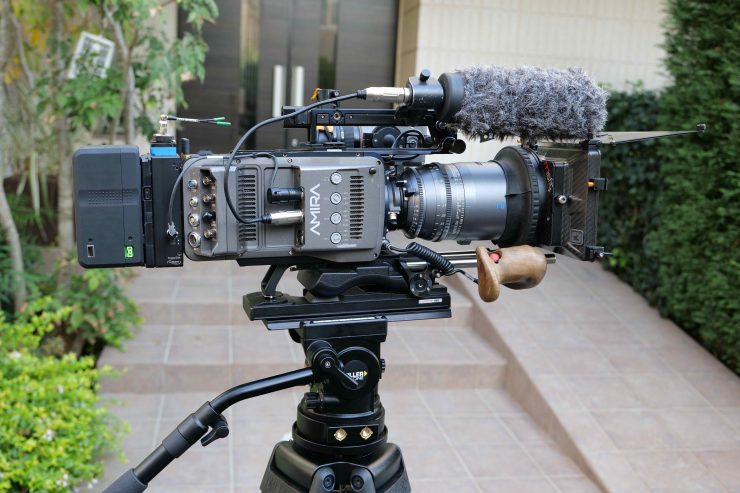
I was interested in looking at the CiNX 5, as I think it is versatile enough to be used with mid sized digital cinema cameras, all the way up to a large digital cinema camera and lens packages. Miller graciously loaned me a CiNX 5 Head kit system and a set of HDC 100 1 Stage Alloy tripod legs with a mid spreader.
Who is the CiNX 5 aimed at?
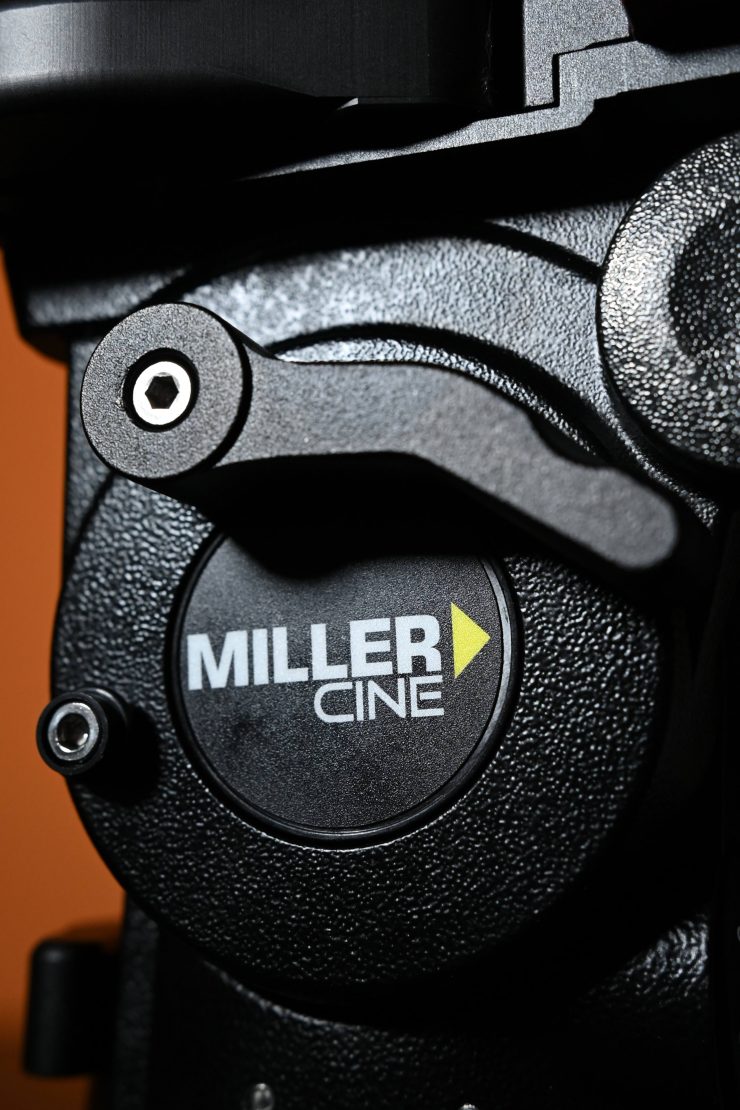
According to Miller, the CiNX 5 fluid head has been designed for cinematographers who are looking for a versatile, lightweight, and durable solution at a relatively affordable price. The wide payload range of Miller’s new CiNX Fluid Heads enables counterbalance of multiple camera sizes, lenses, and accessories.
In my personal view, the CiNX 5 is aimed at the same user who would be looking at a Sachtler 18 S2 Fluid Head, Sachtler 1910 Cine 7+7 HD Fluid Head,OConnor Ultimate 1030Ds Fluid Head, OConnor Ultimate 1040 Fluid Head, Vinten VISION 100 Fluid Head, or Cartoni Focus 22 Fluid Head.
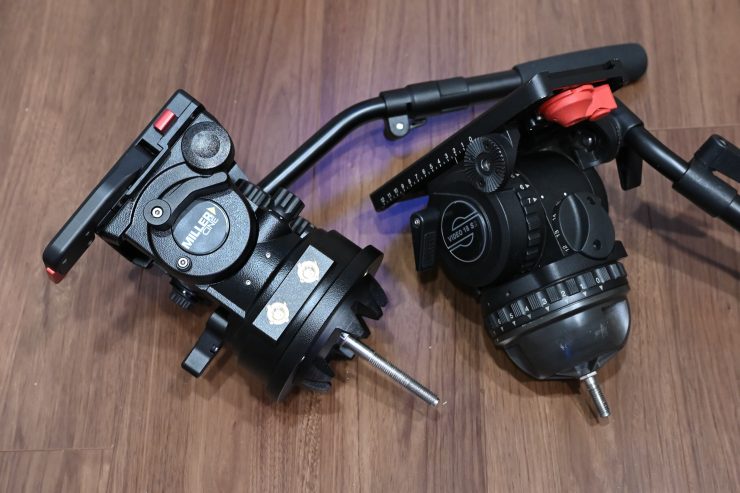
CiNX 5 Key features
- Fluid drag system with smooth start and soft stop technology & balanced diagonal transitions.
- 16 positions of counterbalance.
- Payload range from 2kg (4.4lbs) up to 21kg (46.2lbs).
- Pan and tilt drag 7+0 positions.
- Sideloading camera platform, with safety lock, to suit Arri/OConnor or compatible camera plates.
- 150mm camera plate sliding range.
- Multiple mounting bases: CiNX is adaptable to a Mitchel base plate, 100mm or 150mm ball leveling (supplied with 100mm ball leveling).
- 4 Arri type accessory mounting points.
- Illuminated bubble level and pan-tilt drag controls.
- Precise floating pan-tilt calliper locks ensure bounce free on-off performance.
- Removable ball level stud allows for flat base mounting with 3/8” screw thread.
- Optional second pan handle mount.
- 3 years warranty.
First Impressions
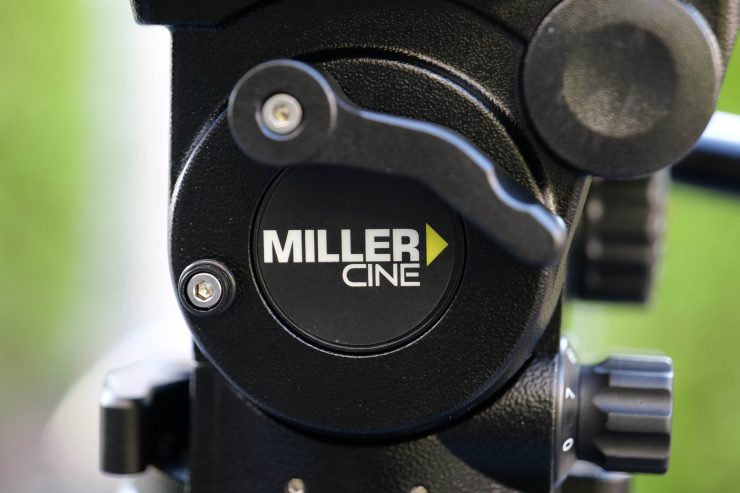
The CiNX 5 is certainly a serious head. Despite weighing around the same as a Sachtler 18 S2 and having a similar payload capacity it somehow feels larger, bigger, and stronger.
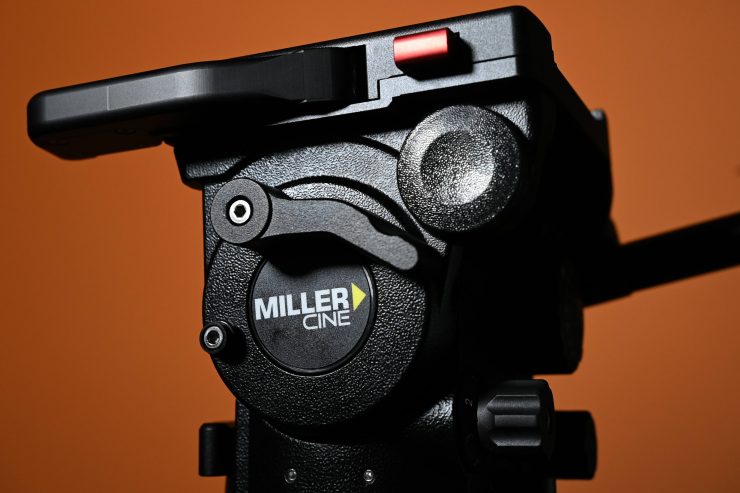
Miller CiNX 5 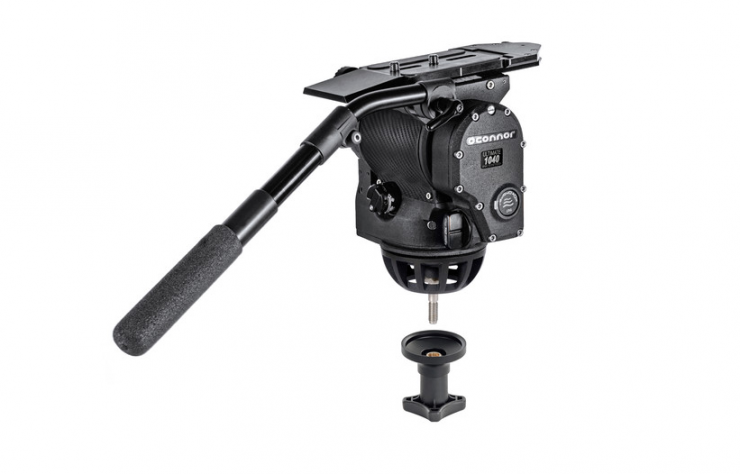
OConnor Ultimate 1040 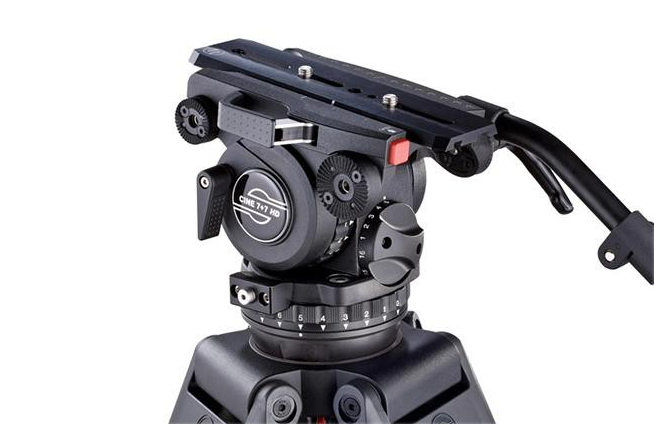
Sachtler 1910 Cine 7+7 HD
Appearance-wise I think the CiNX 5 looks like a cross between an OConnor Ultimate 1040 Fluid Head and a Sachtler 1910 Cine 7+7 HD Fluid Head.
Payload capacity
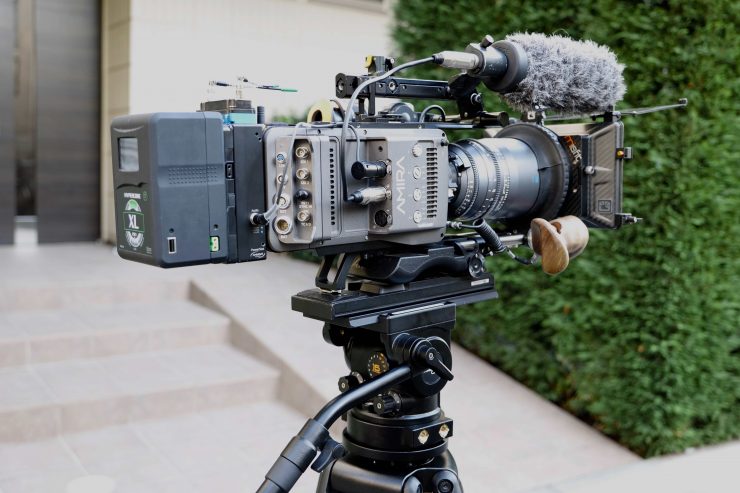
The CiNX 5 has a payload capacity of 2kg (4.4lbs) up to 21kg (46.2lbs). This is a good range and it is going to cover most camera and lens packages.
With this payload capacity, the CINX 5 could be used with a BMPCC 6K one day and an ARRI ALEXA Mini the next. If you are going to spend a lot of money on a tripod then you want it to be as versatile as possible.
How does this payload capacity compare to other similar fluid heads that are on the market?
| Miller CiNX 5 | 2 kg (4.4 lb) up to 21 kg (46.2 lb) |
| Sachtler 18 S2 Fluid Head | 2 kg (4.4 lb) to 20 kg (44.1 lb) |
| Sachtler 1910 Cine 7+7 HD Fluid Head | 9.1 kg (2o lb) to 22 kg (48 lb) |
| Vinten VISION 100 Fluid Head (100mm Ball Base) | 6.98 kg (15.4 lb) to 20 kg (44.1 lb) |
| OConnor Ultimate 1040 Fluid Head | 0 to 20.41 kg (0 to 45 lb) |
| OConnor Ultimate 1030Ds Fluid Head Package | 24 kg (53 lb) No minimum load is listed |
| Cartoni Focus 22 Fluid Head | 3 kg (6.6 lb) to 22kg (48.5 lb) |
Weight
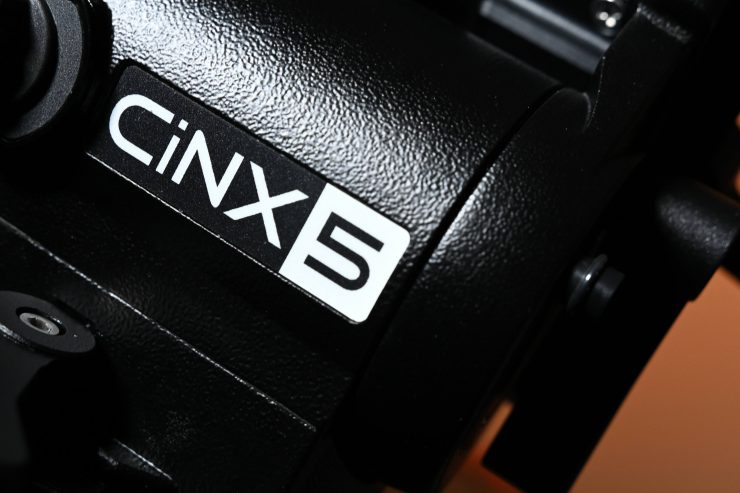
No one likes carrying anything heavy and from my experience, choosing a tripod requires a bit of give and take. If you go with something that is too light it may be easy to carry around, but it won’t provide stable results when using long lenses, and it will probably struggle if you are trying to do smooth pan and tilts.
If you choose something that is too heavy, you will have a super steady platform in any type of conditions and you will be able to do very smooth and precise pan and tilts. The flipside is that it is going to be heavy to carry around.
The CiNX 5 fluid head weighs 4.0kg (8.8lbs). How does this compare to other fluid heads with a similar payload capacity?
| Miller CiNX 5 | 4.0 kg (8.8 lb) |
| Sachtler 18 S2 Fluid Head | 4.1 kg (9 lb) |
| Sachtler 1910 Cine 7+7 HD Fluid Head | 3.3 kg (7.3 lb) |
| Vinten VISION 100 Fluid Head (100mm Ball Base) | 3.2 kg (7 lb) |
| OConnor Ultimate 1040 Fluid Head | 4.8 kg (10.6 lb) includes quick release & plate and tiedown but excluding Pan Bar |
| OConnor Ultimate 1030Ds Fluid Head Package | 3.9 kg (8.7 lb) |
| Cartoni Focus 22 Fluid Head | 3.9 kg (8.7 lb) |
As you can see fluid tripod heads of this size and payload capacity all generally weigh around the same amount.
Of course, you can’t just use a fluid head by itself, you will have to couple it to a set of sticks for most applications. Depending on what sticks you choose will also greatly impact the overall weight of your tripod.
In reality, the CiNX 5 is not going to be a head that is chosen by someone running a mirrorless or small digital cinema camera. This is a serious head and it is going to appeal to users of larger digital cinema cameras such as ARRI’s, the Panasonic Varicam series, Canon C700, Blackmagic URSA Mini Pro 4.6K G2, and anyone running large and heavy cine lenses.
What tripods will it work on?
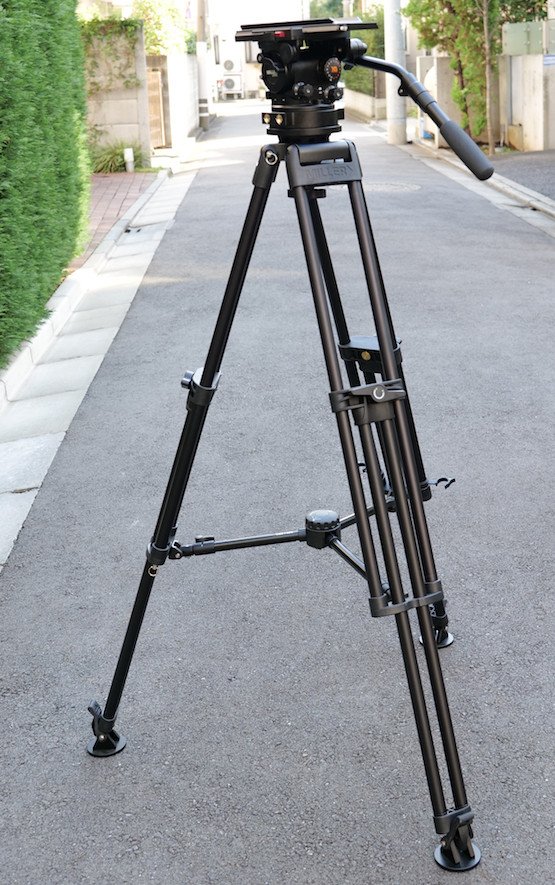
The CiNX 5 fluid head will work with Miller tripods including the 100mm bowl Solo, 100mm Sprinter, and the HD and HDC series.
They will also work with most 100mm, 150mm and Mitchell base tripods.
I tried the head on a range of 100mm Sachtler tripod legs and it also worked. I personally found that the CiNX5 and the Sachtler Flowtech 100 made for a nice combination.
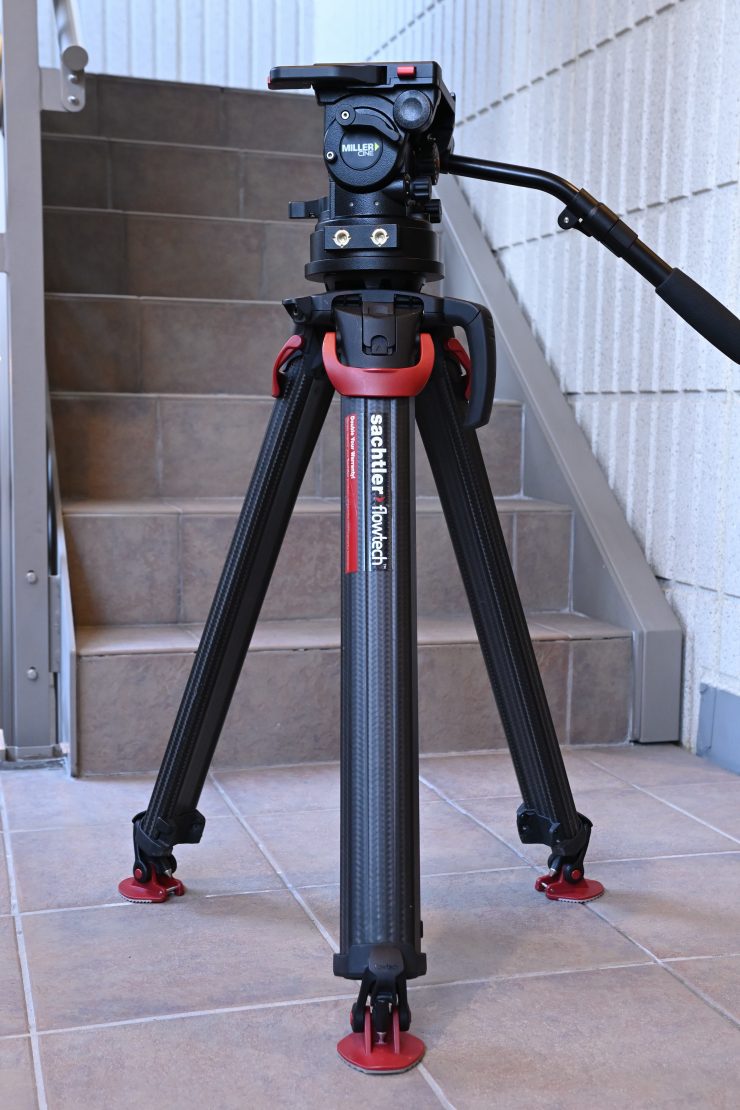
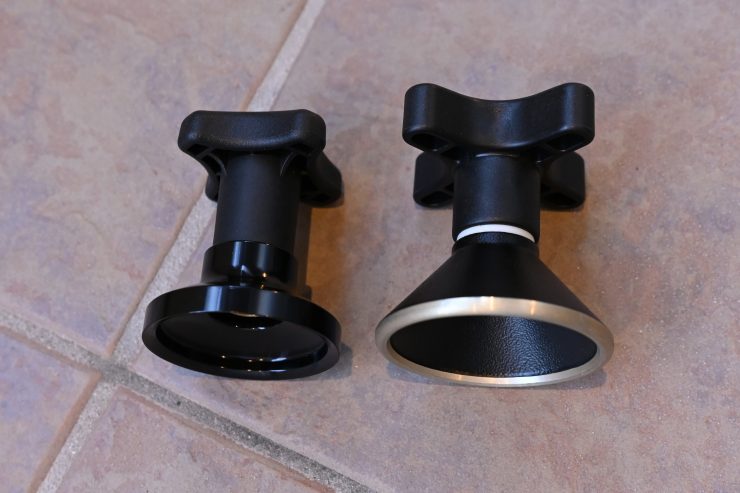
Sachtler ball leveler on the left, Miller one on the right
The one caveat I found when using the CiNX5 head on my Sachtler Flowtech 100 tripod legs was that I had to use a Sachtler ball leveler as the Miller one was too big. I couldn’t use my Sachtler SpeedLevel Clamp either as it wasn’t compatible with the Miller head.
How do you choose the right tripod?
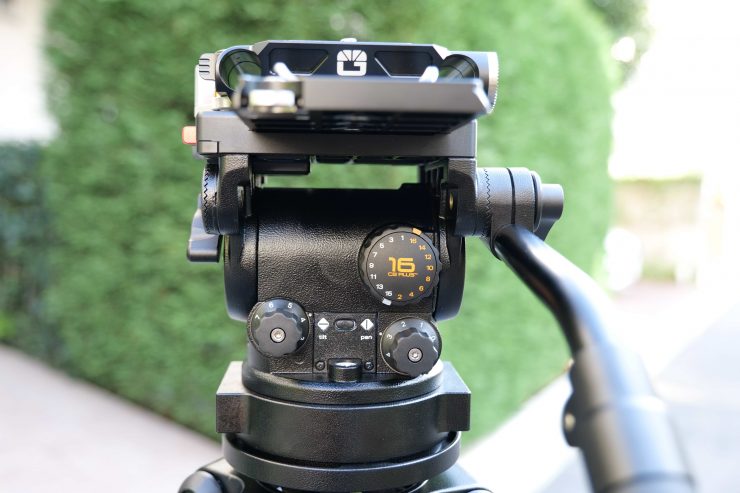
There really is no such thing as the perfect tripod. Everyone’s needs are different, and there are a lot of factors that will decide what tripod works well for you.
What you need to do when selecting a tripod is factor in what type of work you do, what camera and lens packages you use, and what equipment you may use in the future. A tripod is a long term investment that is going to last you many decades if you look after it. It will outlive any camera you currently own. A tripod that might suit your needs today, may not suit your needs in the future.
If you are a working professional, your tripod is going to be one of the fundamental pieces of your kit. I can never understand why people buy an expensive digital cinema camera and then put that camera on a bad, cheap tripod.
I personally don’t like super lightweight tripods. While they may be easy to carry around, the heads on these tripods are usually pretty bad and you can’t do nice fluid controlled pan and tilts. Every time I use a tripod like this, especially with smaller mirrorless cameras, I end up getting frustrated with the smoothness of the pan and tilts.
Look, I get it, sometimes you do need a lightweight tripod. If you are just doing locked off shots, or need a tripod for a second camera for an interview, then a lightweight tripod makes sense. It also makes a lot of sense if you are traveling or have to carry a tripod long distances by yourself.
Build Quality & Design
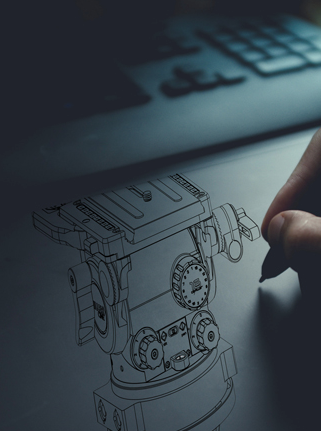
The CiNX 5 head is solidly made and I like a lot of the design features. In terms of design, it is quite a departure away from other heads Miler has previously made. For me, it feels and looks like a more modern head.
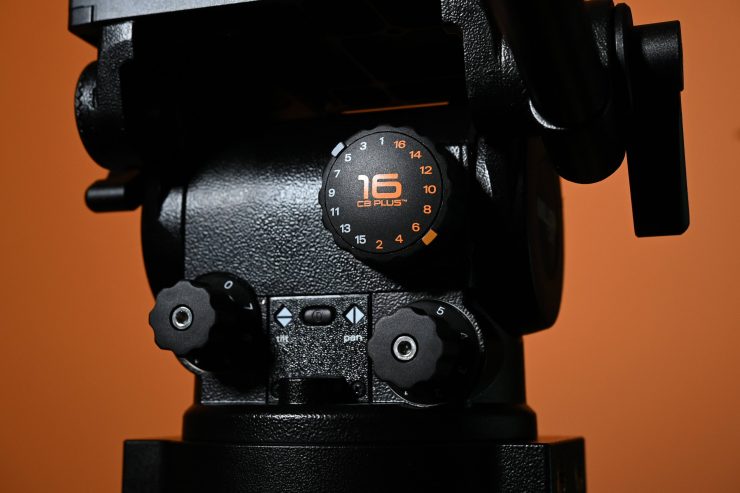
I like the layout of the counterbalance and pan and tilt control dials. They are easy to access and operate.
Sequential Counterbalance
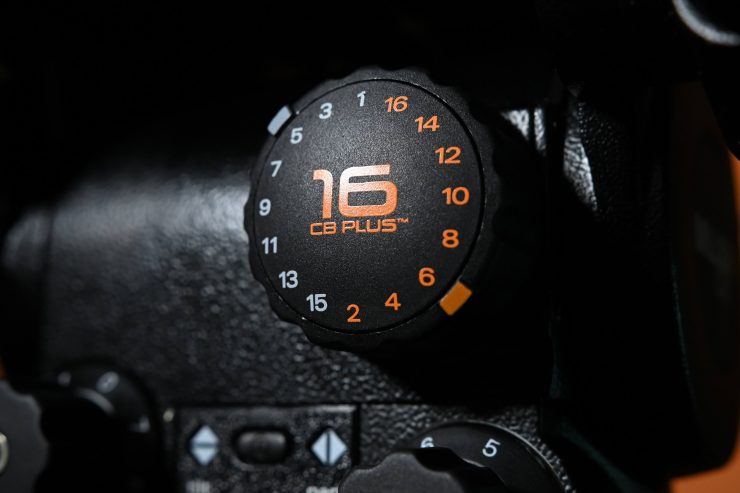
A key feature of the CiNX series is Miller’s patented 16 CB Plus technology, which is a unique sequential counterbalance design resulting in accurate and rapid setup.
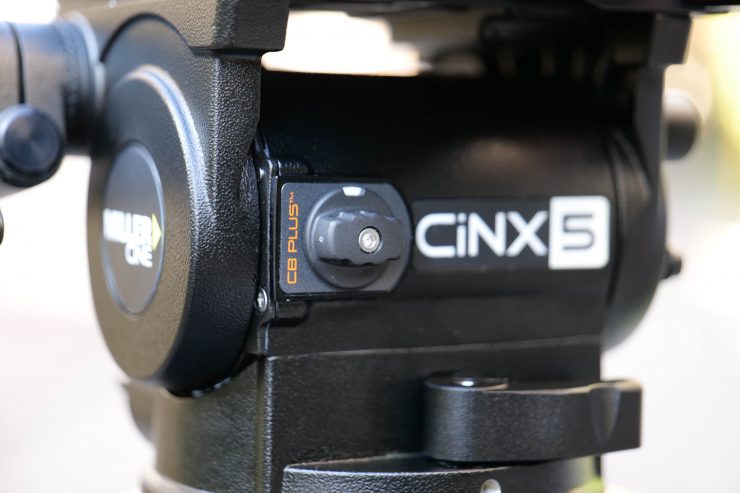
There is a dial on the front of the CiNX 5 that allows you to change between the two different payload settings.
Sideload Platform
All the CiNX tripod heads feature a quick release sideload platform. This is a nice feature to have and it allows you quickly put on or take off a camera package.
The design does mean it requires a bit of strength and effort to unlock and release the locking mechanism, but in saying that, you can’t have any quick release system that is too easy to remove.
What I liked is that any ARRI compatible camera plate can be used on the CiNX series. I tried it out with a Bright Tangerine ARRI Dovetail plate.
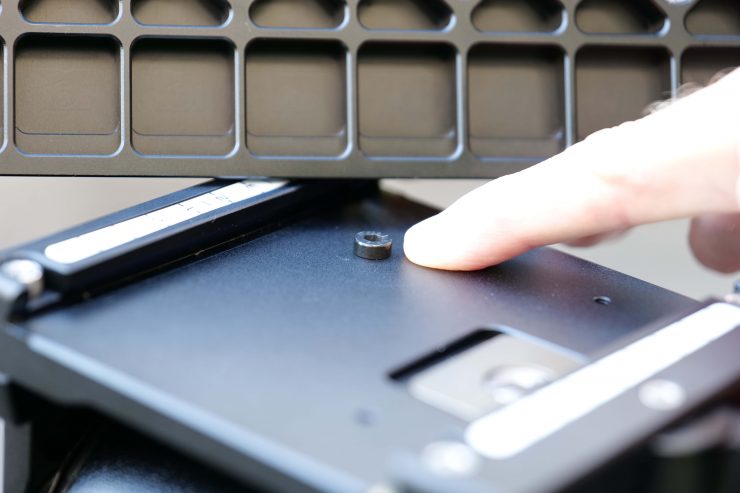
While it did fit on securely the problem I found (at least with the Bright tangerine Plate), is that I couldn’t move the plate back and forth because of the locking screw on the Miller. The cut out grooves is something Miller has done with their dovetail. You will need to check when using the ARRI or other third party dovetails for compatability. You could remove the locking screw, but then you wouldn’t have any safety mechanism.
It’s nice that you can turn an adjustment screw if you are running a wider or narrower camera plate.
The side release platform is not really that much different from that of a Sachtler 1910 Cine 7+7 HD Fluid Head.
The CiNX 5 I was testing was also brand new, so naturally, everything is going to be a bit tight and require some breaking in.
Interchangeable base
A feature that shouldn’t be overlooked on the CiNX Series is the interchangeable base. This makes the tripod heads very versatile as you can adapt them to work with a number of base configurations 100mm, 150mm claw ball and Mitchell mount (100mm standard).
This feature is something you only tend to see on more expensive OConnor systems.
Usability
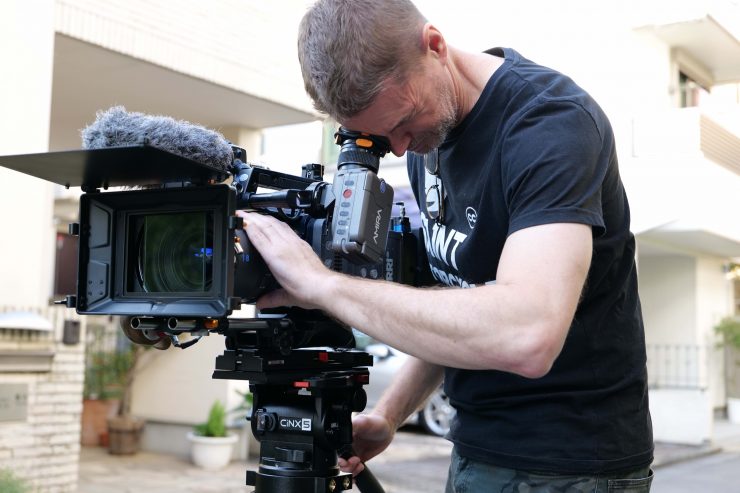
At the end of the day, this is what really matters with tripod heads. If you are going to be spending good money on a tripod head that you plan on keeping for years and years, then you want to know that money is being well spent.
The CiNX 5 is a rock-solid tripod head. It’s super smooth and it offers an impressive range of tension and counterbalance settings. I personally like a lot of tension on my tripod head when I do pan and tilts. The CiNX 5 is just as good, if not better than any other tripod head I have ever used in this regard.
Even when running very heavy lens and camera packages, the CiNX 5 never feels like it’s suddenly going to start slipping or having problems. If anything, it seems to perform even better with heavier loads.
I really like that you can press a button and not only illuminate the leveling bubble, but also see all of your tension and counter balance settings. This may be a small thing, but in the real world, it makes a big difference.
I am quite used to using Sachtler tripods where I have muscle memory, so it did take a little bit of time to get accustomed to the CiNX 5. After using it for a couple of days I became more familiar with its operation and could make changes without having to think about what I was doing.
When I’m shooting wildlife or nature documentaries having a rock-solid tripod system is absolutely paramount. You need a heavy duty head and a very solid pair of legs when shooting on long lenses. If you try and save weight by going with something lighter and smaller you just end up with horrible shots.
When I am filming at 1000mm and I want to follow the action, I need a very stable and secure platform. I found that a combination of the CiNX 5 and HDC 100 1 Stage Alloy tripod legs with a mid spreader was more than up to the task.
I certainly missed the Sachtler SpeedLevel Clamp when I was testing the CiNX 5.
Optional Accessories
The following optional accessories are available:
- Pan Handle Articulated With Extender
- Serrated Handle Clamp Extender
- Mounting Block (AX)
- Mitchell base adaptor with Clamp Nut
- D150 Claw Ball Level (includes Clamp Nut)
- Miller Head Case CiNX (suit D100 Claw Ball)
Full SPECIFICATIONS
- Payload Range: 2-21kg (4.4-46.2lbs)
- Weight: 4.0kg (8.8lbs)
- Counterbalance Positions: 16 selectable positions (15+0)
- Pan Tilt Drag: 7 selectable fluid drag positions + 0
- Pan Tilt Locks: Positive lock caliper brake system
- Tilt Range: 90° / -75°
- Pan Range: 360°
- Camera Platform: Side load quick release camera plage (Arri type)
- Sliding Range: 150mm (5.9”)
- Mounting Base: Ø100mm (3.9″) ball leveling (std.) Ø150mm (5.9″) ball leveling (opt.) Mitchell Base (opt.)
- Height Above Bowl: 202mm (8.0”)
- Illuminated Controls: Bubble level, pan-tilt drag controls
- Pan Handle: Telescopic 390 to 590mm (15.4 to 23.2”)
- Temperature Range: -40° to +65°C (-40° to +149°F)
CiNX 5 Head kit system
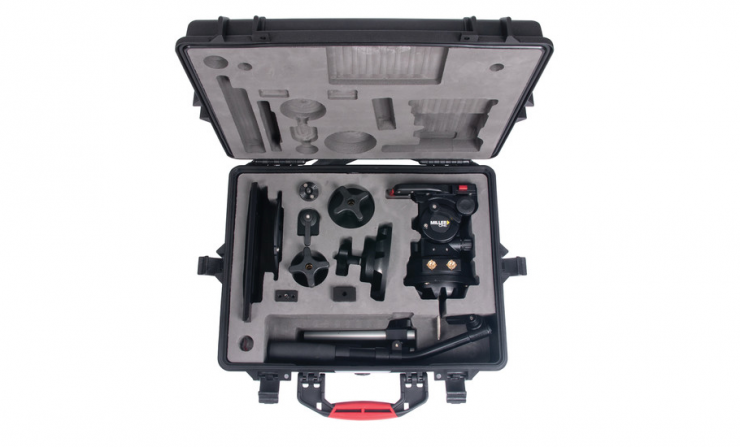
If you require a lot of versatility, Miller has the CiNX 5 Fluid head kit. The head kit comes in a Resin hard case that has a waterproof shell with PE45 custom foam to carry Miller’s CiNX Fluid heads and accessories.
So what do you get in the kit?
- Lightweight cinema pan and tilt fluid head and complete accessory kit.
- The high-performance Resin hard case.
- Miller Camera Plate Arri type (1065).
- 100mm Claw Ball (fitted).
- Mitchell Base Adaptor.
- D150 Claw Ball Level.
- Telescopic pan handle, extendable by 200mm (5”).
- The multi-positional articulated pan handle.
- Serrated handle clamp extender.
- Accessory Mounting Block.
Telescopic pan handle, extendable by 200mm (5”). Particularly suited when heavy drag is applied.
The multi-positional articulated pan handle is designed for cinematographers who require tight and accurate pan and tilt control. Its positional flexibility enable difficult shots at awkward angles.
Serrated handle clamp extender enables pan handles to be mounted 50mm out from the fluid head.
Mitchell Base Adaptor enables CiNX Fluid heads to be mounted on industry-standard Mitchell flat base tripods.
D100mm Claw Ball (factory fitted)
D150 Claw Ball Level is an adapter designed to attach to the bottom of a flat based fluid head. Attaching the adapter then allows mount to D150 bowl tripods.
Mounting Block enables user to attach 3kg of accessories, such as external viewfinder. Allows for 1/4″ and 3/8″ threads.
Price
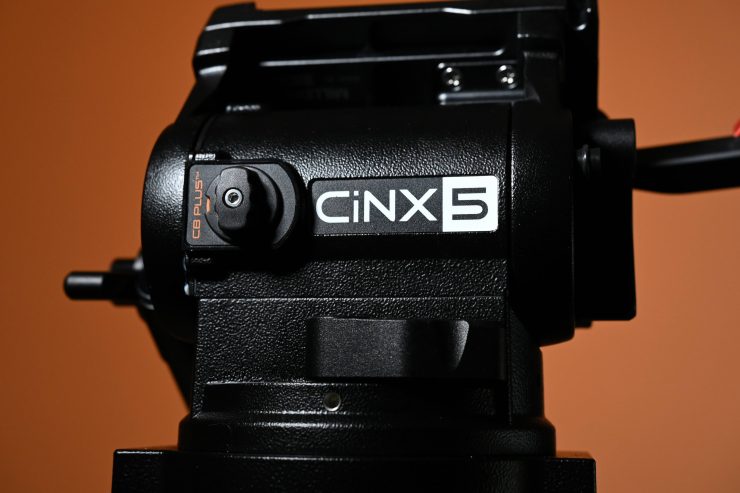
The Miller CiNX 5 retails for $5,128.38 USD which is a competitive price when you look at the competition.
| Miller CiNX 5 | $5,128.38 USD |
| Sachtler 18 S2 Fluid Head | $5,386.50 USD |
| Sachtler 1910 Cine 7+7 HD Fluid Head | $6,460.00 USD |
| Vinten VISION 100 Fluid Head (100mm Ball Base) | $6,265.25 USD |
| OConnor Ultimate 1040 Fluid Head | $7,457.50 USD |
| OConnor Ultimate 1030Ds Fluid Head Package | $7,790.00 USD |
| Cartoni Focus 22 Fluid Head | $4,501.00 USD |
As you can see, the prices do vary quite a lot. Price-wise the CiNX 5 is very much in line with the Sachtler 18 S2, but it is a lot more affordable than a Sachtler 1910 Cine 7+7 HD Fluid Head or OConnor.
The CiNX 5 Fluid head kit is $7,793.82 USD.
Conclusion
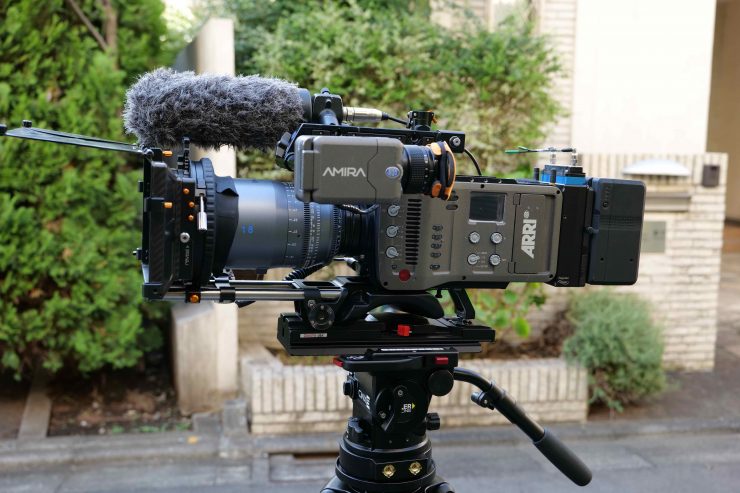
I started off using wooden Miller sticks way back in 1990 and I must admit that I haven’t used a Miller tripod in any capacity for more than 25 years.
I kept being surprised by the performance of the CiNX 5 head, despite its size and weight, it somehow manages to replicate the performance of larger, bigger heads.
It’s well made, functional, and easy to use. I personally think it punches well above its weight.
While I don’t think it is for everyone, if you are looking for a heavy-duty, high-performance fluid head that will work well with mid to large digital cinema camera packages and big cinema glass, the CiNX 5 is certainly worth looking at. It makes for a compelling option if you are looking at a Sachtler 1910 Cine 7+7 HD or OConnor 1040/1030Ds fluid head.

